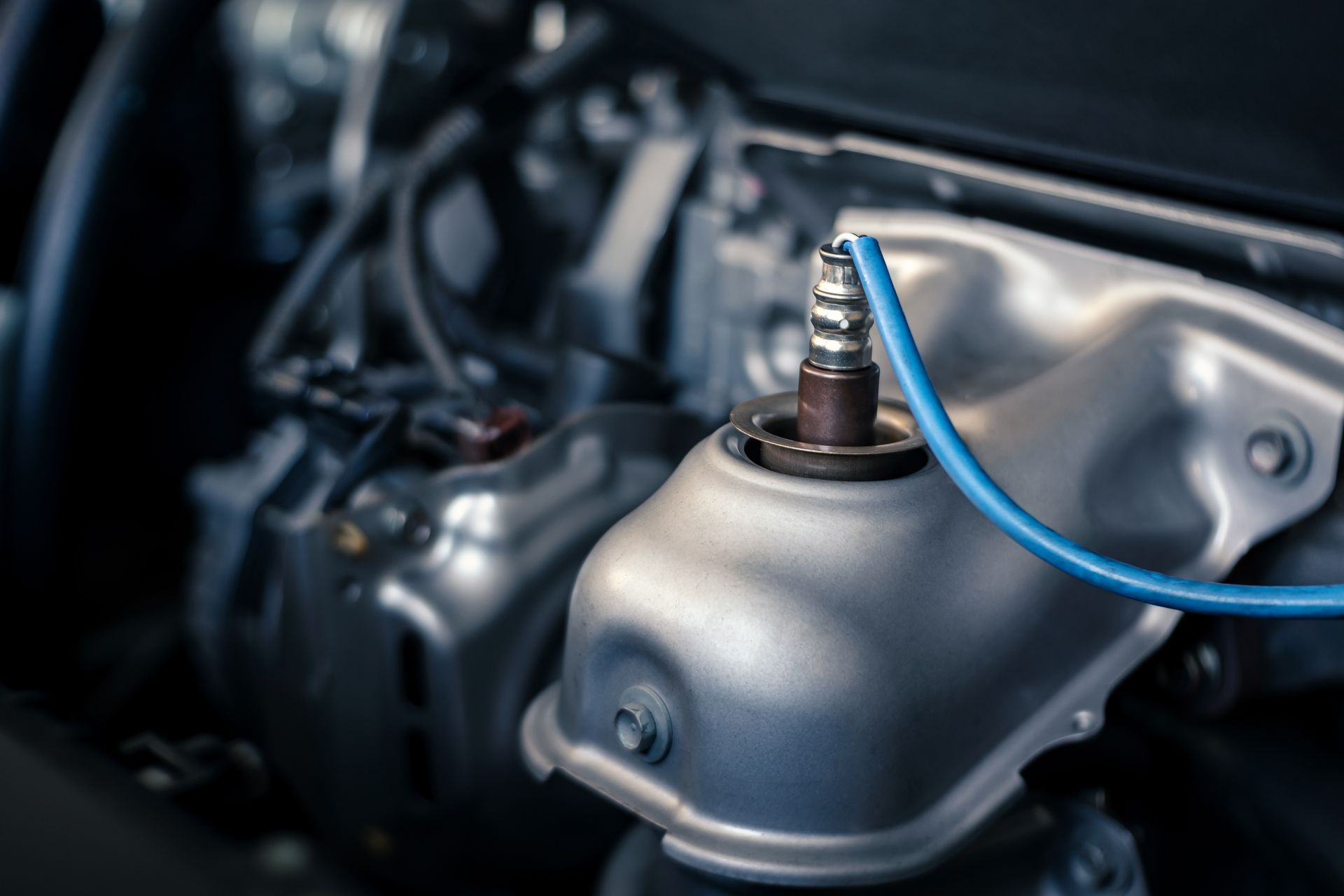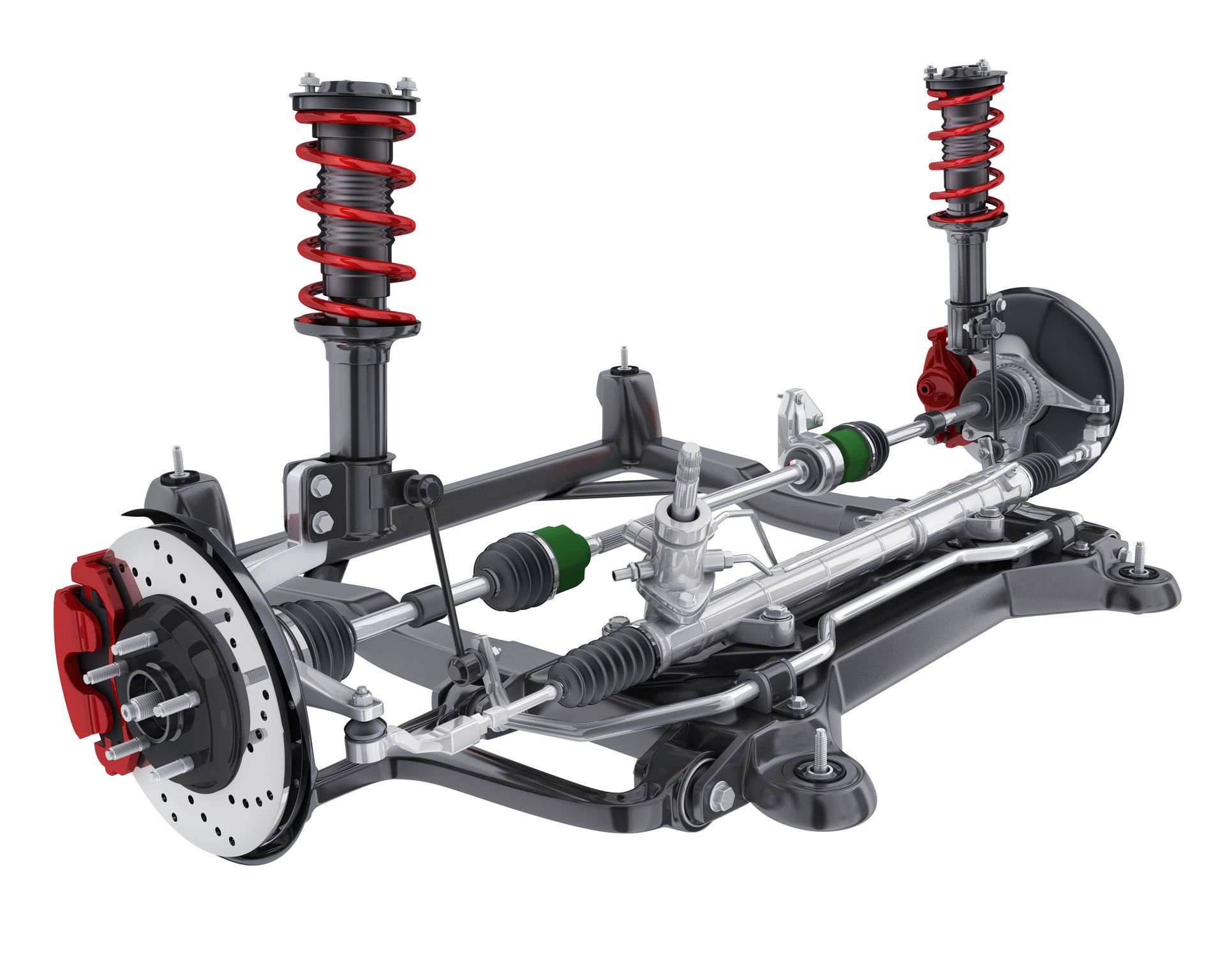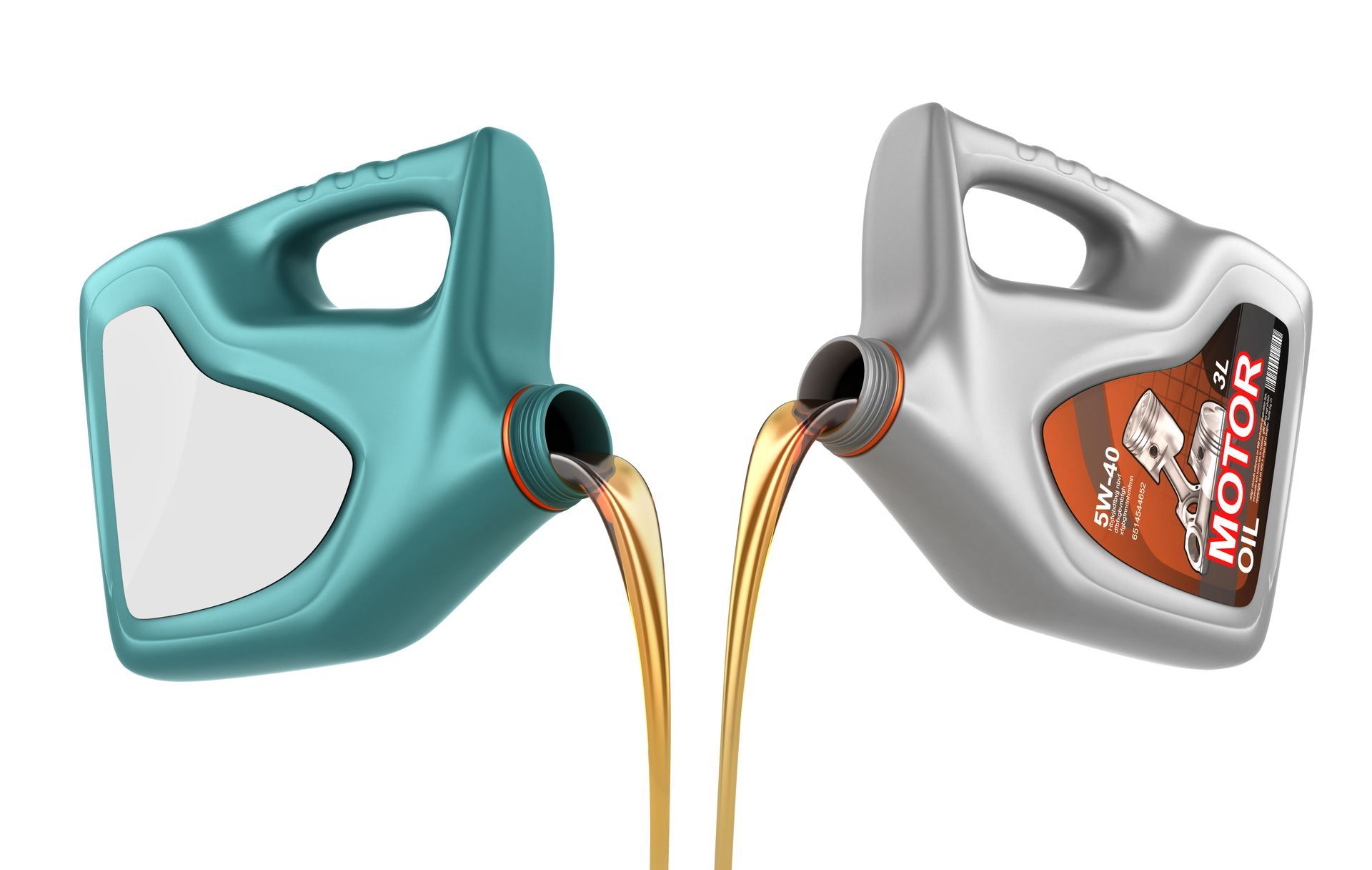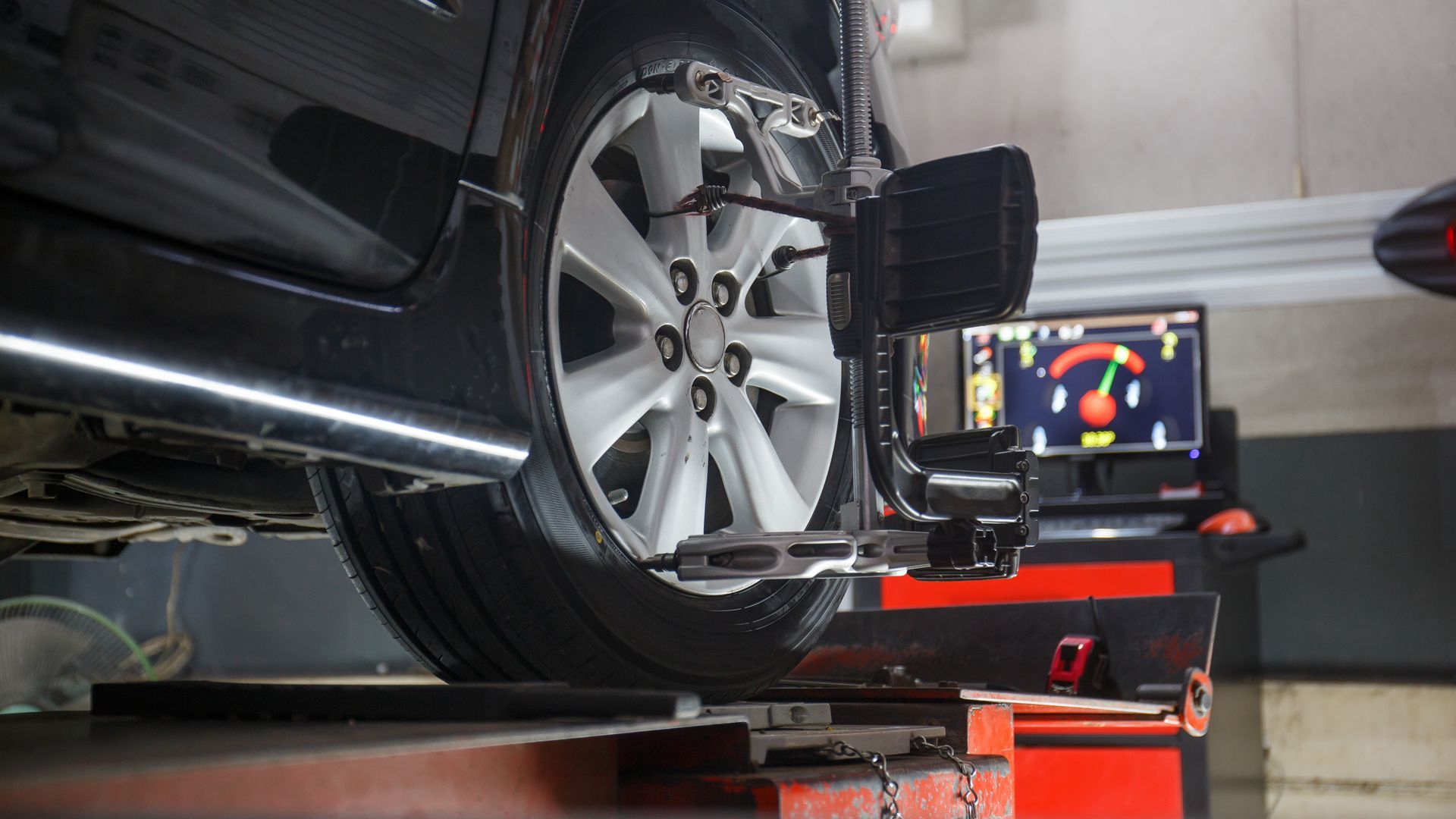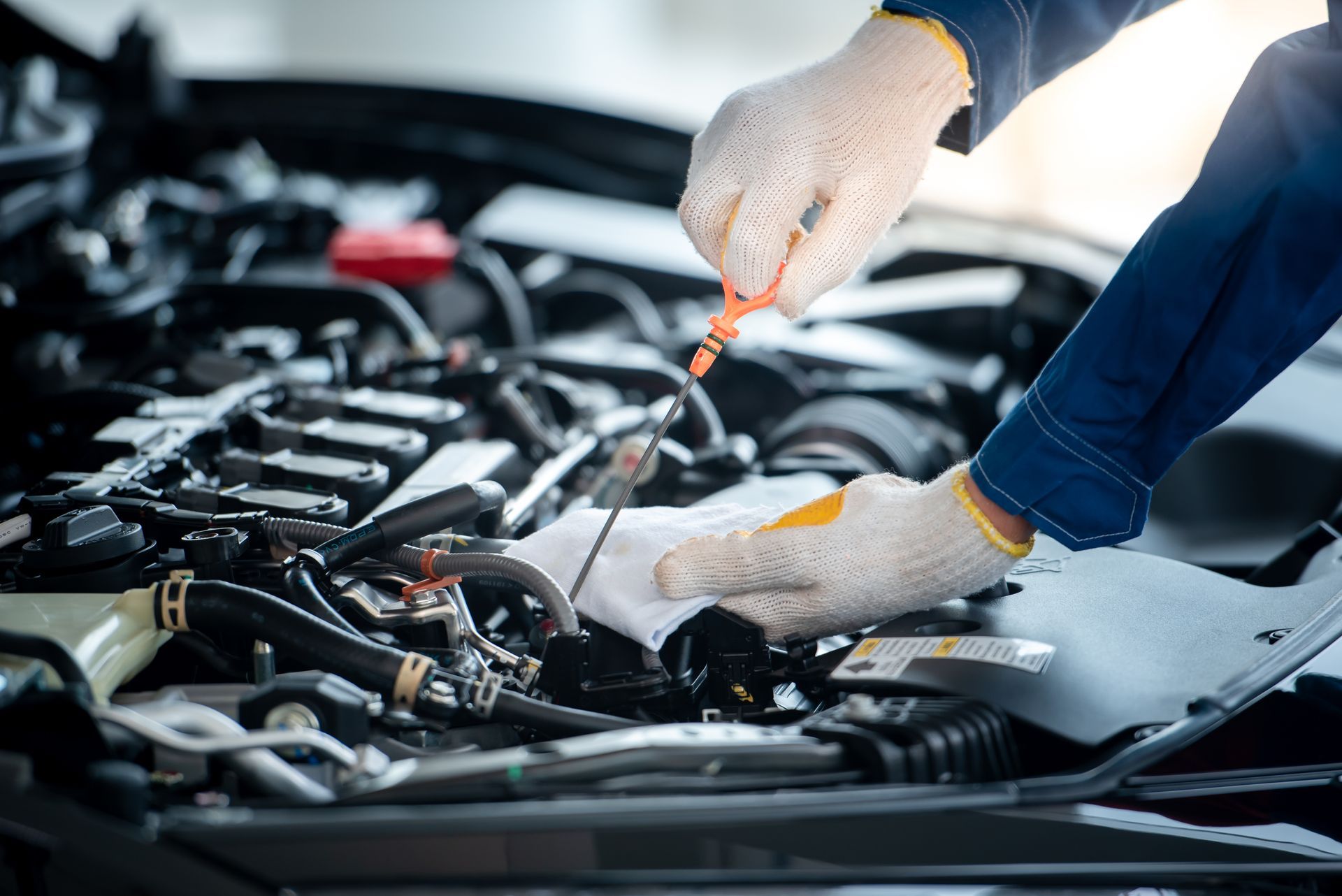Ever wondered what keeps your car engine from turning into a molten mess? The answer lies in your car's cooling system, quietly working under the hood to ensure your engine runs smoothly, even on the hottest days. Understanding how your car's cooling system works can save you a lot of trouble on the road. So, let's look into the fascinating world of automotive cooling systems and see how they prevent your engine from overheating.
The Basics of Car Cooling Systems
Your car's engine generates a lot of heat. Without a cooling system, this heat would quickly build up and cause the engine to overheat, leading to severe damage. The cooling system in a car operates on the principle of heat transfer. It absorbs the heat from the engine and dissipates it into the air. This process involves several key components working together.
Components of a Car Cooling System
Radiator
The radiator is the centerpiece of your car's cooling system. It's a heat exchanger designed to transfer thermal energy from the engine to the air passing through it. Coolant flows through the radiator's thin metal fins, where heat is released. The radiator fan helps to draw air through the radiator when the car is not moving fast enough to do this naturally.
Thermostat
The thermostat acts like a gatekeeper in your cooling system. It regulates the flow of coolant based on the engine's temperature. When the engine is cold, the thermostat remains closed, preventing coolant from flowing through the radiator. As the engine heats up, the thermostat opens, allowing coolant to circulate and absorb heat from the engine.
Water Pump
The water pump is the heart of the cooling system. It circulates coolant throughout the engine and radiator. The coolant would remain stagnant without the water pump, and heat would not be effectively removed from the engine. It ensures a continuous flow of coolant, maintaining optimal operating temperatures.
Coolant
Coolant, or antifreeze, is a special fluid that absorbs heat from the engine and releases it through the radiator. It has higher boiling and lower freezing points than water, making it ideal for extreme temperatures. Coolant also contains additives to prevent corrosion and lubricate the water pump.
Hoses
Hoses are the lifelines of the cooling system, carrying coolant between the engine, radiator, and other components. They need to be flexible and durable to withstand the pressure and heat of the coolant. Any leaks or cracks in these hoses can lead to significant cooling system failures.
How the Cooling System Works to Prevent Overheating
Heat Absorption
When the engine is running, it generates a tremendous amount of heat. The coolant, pumped by the water pump, absorbs this heat as it circulates through the engine. This prevents the engine from reaching critical temperatures that could cause damage.
Heat Dissipation
The heated coolant flows into the radiator, where it releases the absorbed heat. Air flowing over the radiator fins, aided by the radiator fan, carries the heat away. This cooled coolant is then recirculated back into the engine to absorb more heat, creating a continuous cycle of heat absorption and dissipation.
Maintaining Optimal Temperature
The thermostat is crucial in maintaining the engine's optimal operating temperature. Controlling the coolant flow ensures the engine warms up quickly and stays within the ideal temperature range. This not only prevents overheating but also improves engine efficiency and performance.
Signs of Cooling System Problems
Overheating Engine
An overheating engine is one of the most obvious signs of a cooling system problem. If your temperature gauge is climbing into the red zone or your engine is emitting steam, it clearly indicates that the cooling system is not functioning correctly. This could be due to a variety of issues, such as a stuck thermostat, a leaking radiator, or a failing water pump.
Coolant Leaks
Puddles of coolant under your car or a low coolant level are signs of a leak. Coolant leaks can occur in the radiator, hoses, or water pump. Addressing these leaks promptly is essential to prevent overheating and potential engine damage.
Unusual Noises
A failing water pump can make a high-pitched whining or grinding sound. These noises are a sign that the pump's bearings are worn out and need to be replaced. Ignoring these sounds can lead to a complete water pump failure and severe engine damage.
Maintenance Tips to Keep Your Cooling System in Top Shape
Regular Coolant Checks
Check your coolant level regularly and top it off if necessary. Use the correct type of coolant for your vehicle, as specified in the owner's manual. Also, consider flushing and replacing the coolant every couple of years to maintain its effectiveness.
Inspect Hoses and Belts
Inspect the cooling system hoses and belts for any signs of wear, cracks, or leaks. Replace any damaged components immediately. A burst hose or broken belt can lead to a sudden loss of coolant and cause your engine to overheat.
Professional Inspections
Periodic professional inspections at Joyce Automotive and Towing can help identify and address any potential issues before they become major problems. Our experienced technicians can thoroughly check your cooling system, ensuring everything is in perfect working order.
Don't let an overheating engine ruin your day. Contact Joyce Automotive and Towing for professional cooling system maintenance, flushes, and repairs!





